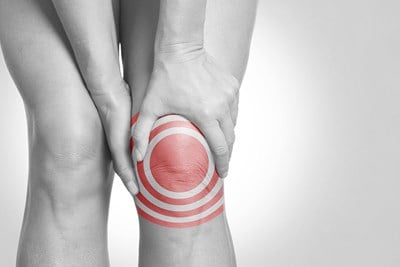A hairline fracture, also called stress fracture, is a tiny crack in a bone, which can become more severe if not treated right away. Usually, these small fractures are due to repetitive force or stress on the bone, which weakens the bone, making it more vulnerable to injury.
Activity, such as running sports, and a sudden change in activity such as increased workouts can you put you at risk for stress fractures. Osteoporosis, a condition that weakens your bone, also increases your chances for fractures. Here is a look at the different types of treatment for hairline fractures.
Modified Activity
A hairline fracture takes about 6 to 8 weeks to heal. While your bone heals, you will need to refrain from doing activates that place stress on your foot and leg. Do not resume your normal activities until you have consulted with your doctor.
Medication
Analgesic medication (acetaminophen and nonsteroidal anti-inflammatory drugs) can be taken to help with pain, if pain is extreme.
Protective Footwear
If you continue to experience severe pain, nonweight-bearing crutches or a boot or brace may be worn. The protective footwear or crutches reduces stress on your foot, relieving pain.
Physical Therapy
Your doctor may suggest physical therapy in order to maintain flexibility and strength during recovery.
Casting
When stress fractures occur on the outer side of your foot or in the navicular or talus bone, they take longer to heal. Because the healing process is longer, your doctor may apply a cast to your foot in order to for your bones to remain in a fixed position and to also remove the stress on your injured leg.
Surgery
Sometimes surgery is need in order to ensure that the bone heals correctly. Usually, the surgical procedure involves supporting your bones by inserting a type of fastener, called internal fixation. The small bones of your and ankle are held together with pins, screws, and/or plates while your bone repairs.
Prevention
The best form of treatment is prevention. Follow these guidelines to help prevent possible stress fractures in the future:
- Diet: Weak bones are more vulnerable to hairline fractures. That’s why it’s important to eat a diet rich in calcium and Vitamin D to help build bone strength.
- Proper equipment: Old or worn running shoes can lead to injury because they lose their ability to absorb shock.
- Start new activity slowly: Increase your time, speed, and distance during exercise and activities by 10 percent per week. Do not begin an intense regimen after being sedentary.
- Cross train: Alternating your activities, can help avoid repetitive force on a specific area of your body. Alternate a high-stress sport like running with low-stress sports like swimming or cycling.
- Strength training: Strength-training exercises build muscles and strength by using free weights, resistance bands, or your own body weight.
- Stop your activity if pain or swelling returns: Don’t work through pain. Take a break from the activity for a few days, and if the pain doesn’t go away, see your doctor.



